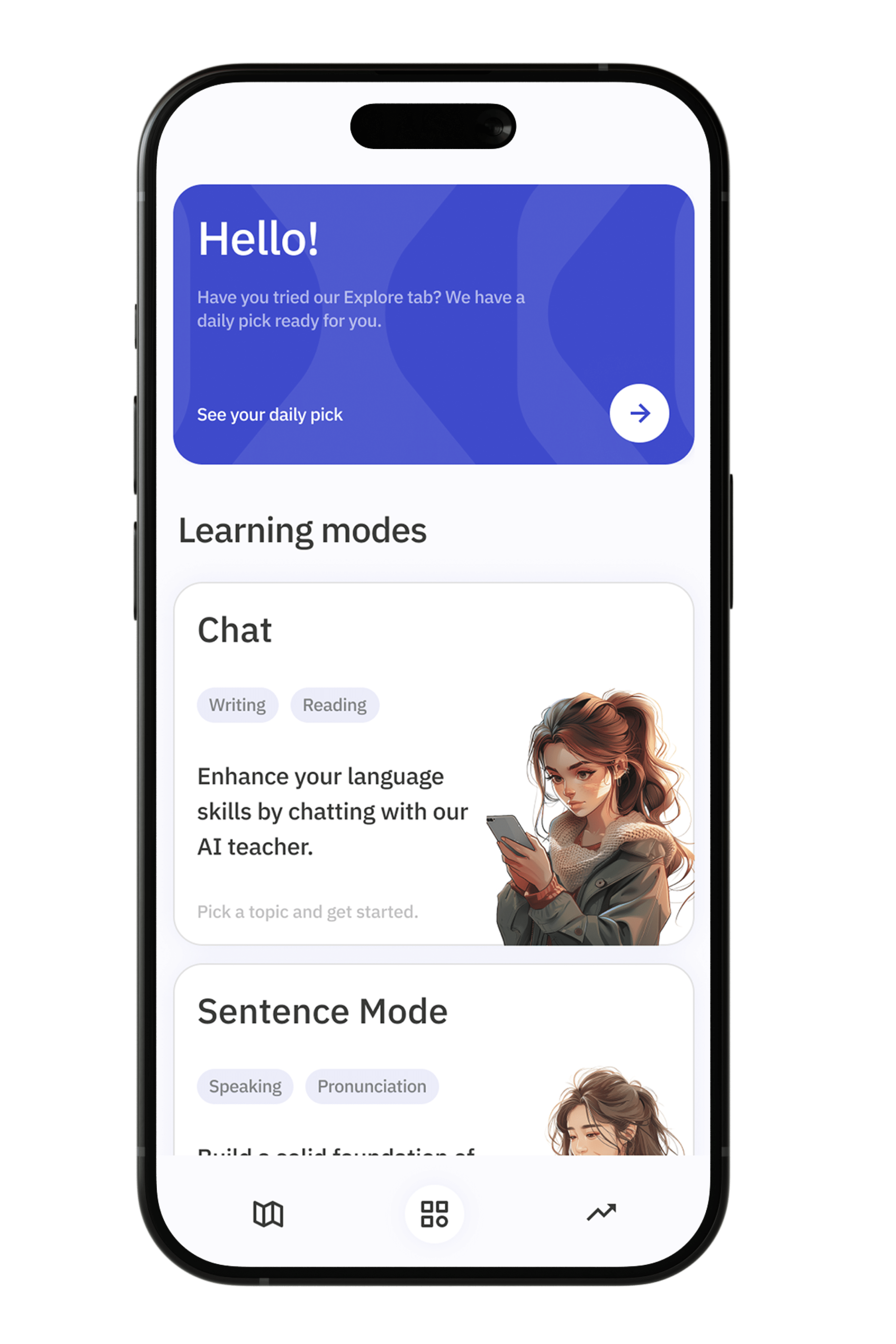Pick a language and start learning!
Articles with Countable Nouns in Malay Exercises in Malay language

Mastering the use of articles with countable nouns is a crucial step in learning Malay, a language known for its simplicity and elegance. Unlike English, Malay does not have definite and indefinite articles like "the" and "a/an." Instead, it relies on quantifiers and classifiers to specify the quantity and definiteness of countable nouns. For instance, the word "sebuah" can be used to indicate "a" or "an" for objects, while "seorang" is used for people. Understanding when and how to use these words correctly can significantly enhance your fluency and comprehension in Malay.
Our grammar exercises are designed to provide you with practical experience in using articles with countable nouns in various contexts. Through a series of carefully curated examples and practice sentences, you will learn to identify the appropriate classifiers and quantifiers for different nouns. Whether you're a beginner or looking to refine your skills, these exercises will help you gain confidence in your ability to communicate effectively in Malay. Dive in and start practicing to unlock a deeper understanding of this beautiful language!
Exercise 1
<p>1. Saya mempunyai *sebuah* buku di atas meja (a book).</p>
<p>2. Adik saya makan *sebiji* epal setiap pagi (an apple).</p>
<p>3. Kami melihat *seekor* burung di taman semalam (a bird).</p>
<p>4. Pak Cik membeli *sebuah* kereta baru minggu lepas (a car).</p>
<p>5. Dia menulis *sebuah* surat kepada kawannya (a letter).</p>
<p>6. Mereka menyewa *sebuah* rumah di pinggir bandar (a house).</p>
<p>7. Setiap hari, saya minum *segelas* susu untuk sarapan (a glass of milk).</p>
<p>8. Di dalam beg sekolah saya terdapat *sebatang* pensel (a pencil).</p>
<p>9. Adik saya bermain dengan *sebuah* bola di halaman (a ball).</p>
<p>10. Saya membaca *sebuah* majalah di perpustakaan (a magazine).</p>
Exercise 2
<p>1. Saya ada *sebuah* buku tentang sejarah. (article for one countable noun)</p>
<p>2. Ali membeli *seekor* ikan di pasar. (article for one animal)</p>
<p>3. Kami memerlukan *sebuah* meja baru untuk kelas. (article for one piece of furniture)</p>
<p>4. Di dalam bilik itu, terdapat *sebuah* komputer. (article for one electronic device)</p>
<p>5. Setiap pagi, saya minum *segelas* susu. (article for one container of liquid)</p>
<p>6. Di taman, saya melihat *seorang* kanak-kanak bermain. (article for one person)</p>
<p>7. Kakak saya membeli *sepasang* kasut baru. (article for one pair)</p>
<p>8. Ayah saya memandu *sebuah* kereta merah. (article for one vehicle)</p>
<p>9. Di perpustakaan, saya meminjam *sebuah* novel. (article for one book)</p>
<p>10. Di pasar malam, saya membeli *sebiji* epal. (article for one piece of fruit)</p>
Exercise 3
<p>1. Saya melihat *sebuah* kucing di jalan (article for a singular countable noun).</p>
<p>2. Dia membeli *sebuah* buku di kedai buku (article for a singular countable noun).</p>
<p>3. Kita memerlukan *sebuah* meja baru untuk bilik ini (article for a singular countable noun).</p>
<p>4. Mereka membawa *sebuah* kereta ke bengkel (article for a singular countable noun).</p>
<p>5. Adik saya makan *sebiji* epal pagi tadi (article for a singular countable noun, specifically for fruits).</p>
<p>6. Saya mahu minum *segelas* air (article for a singular countable noun, specifically for drinks).</p>
<p>7. Kami melihat *seekor* burung terbang di langit (article for a singular countable noun, specifically for animals).</p>
<p>8. Dia memesan *sepinggan* nasi goreng di restoran (article for a singular countable noun, specifically for food servings).</p>
<p>9. Saya perlu membeli *sebatang* pensil di kedai alat tulis (article for a singular countable noun, specifically for stick-like objects).</p>
<p>10. Mereka mendirikan *sebuah* khemah di hutan (article for a singular countable noun).</p>







